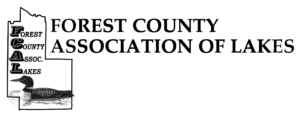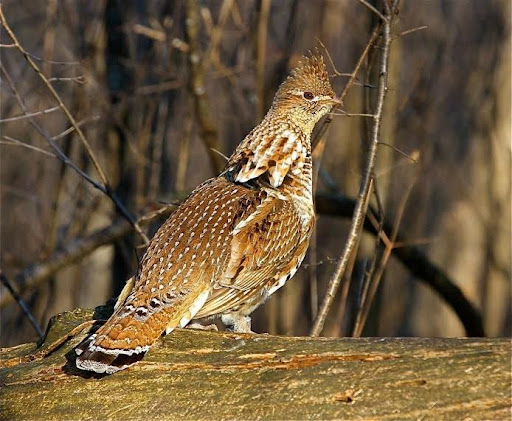Northern Wisconsin is home to a diverse array of wildlife, but few species embody the spirit of the region as distinctly as the ruffed grouse. Known for its unique drumming sound and ability to thrive in challenging environments, this upland bird is a favorite among hunters, birdwatchers, and nature lovers. The ruffed grouse thrives in the mixed forests of Northern Wisconsin, particularly in areas with young aspen, birch, and alder trees. These habitats provide the perfect combination of food and shelter. The dense vegetation offers protection from predators, while the buds, leaves, and berries of these trees serve as essential food sources. Unlike migratory birds, ruffed grouse remain in the same area throughout the year. During winter, they exhibit intriguing behavior called “snow roosting,” where they burrow into soft snow to stay warm and hidden from predators. This remarkable adaptation helps them survive Wisconsin winters. One of the most fascinating aspects of the ruffed grouse is its drumming display. This sound is created by males rapidly beating their wings to attract and mark their territory. Drumming is most common in the spring but can occasionally be heard in the fall. For many, this rhythmic sound is a hallmark of Wisconsin’s wild landscapes. The populations of the grouse though naturally rise and fall in cycles of 8-10 years, influenced by predator-prey dynamics and habitat conditions. However, habitat loss and changes in forest management have also impacted their numbers in some areas. Conservation efforts are crucial to maintaining healthy grouse populations. Initiatives like creating young forest habitats and sustainable forest management practices benefit not only grouse but also other wildlife. Organizations such as the Ruffed Grouse Society play a crucial role in these efforts. In Forest County specifically, we are in ruffed grouse – Zone A. This means that hunters are allowed a daily bag limit of 5 birds. The dates of the season are from September 13th to January 4th, 2026. For more rules and regulations you can visit the Wisconsin DNR website and search FALL 2025 – SPRING 2026 COMBINED HUNTING REGULATIONS.
Conservation Corner is a weekly article produced by the Forest County Land Conservation and Land Information Department. For more information contact Lucas O’Brien, Forest County Land Conservation Technician at 715-478-1387 or by e-mail at

